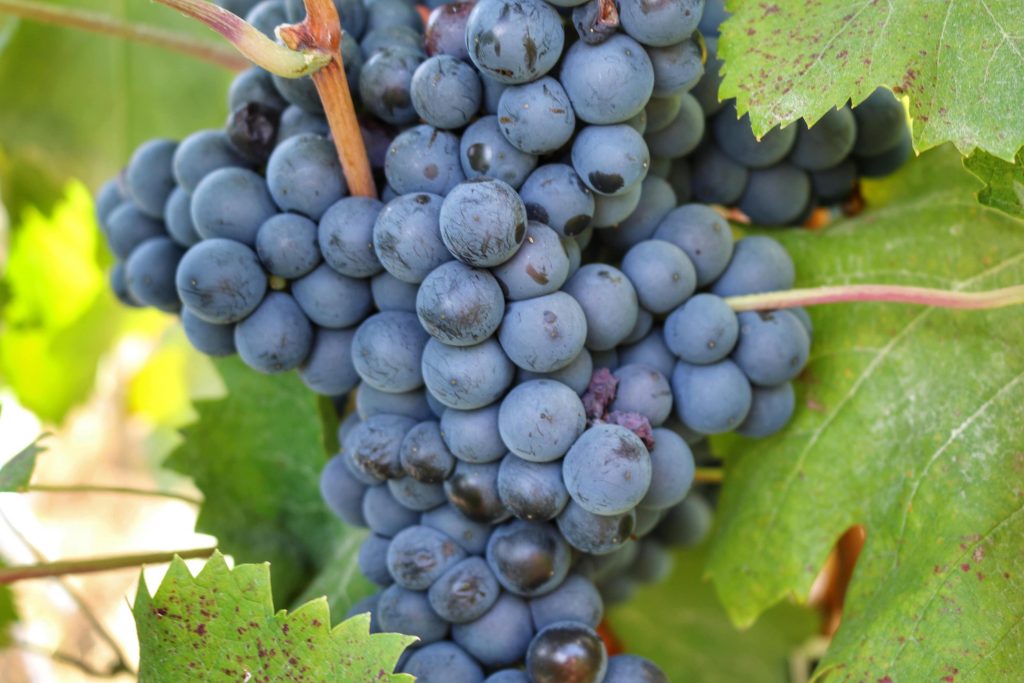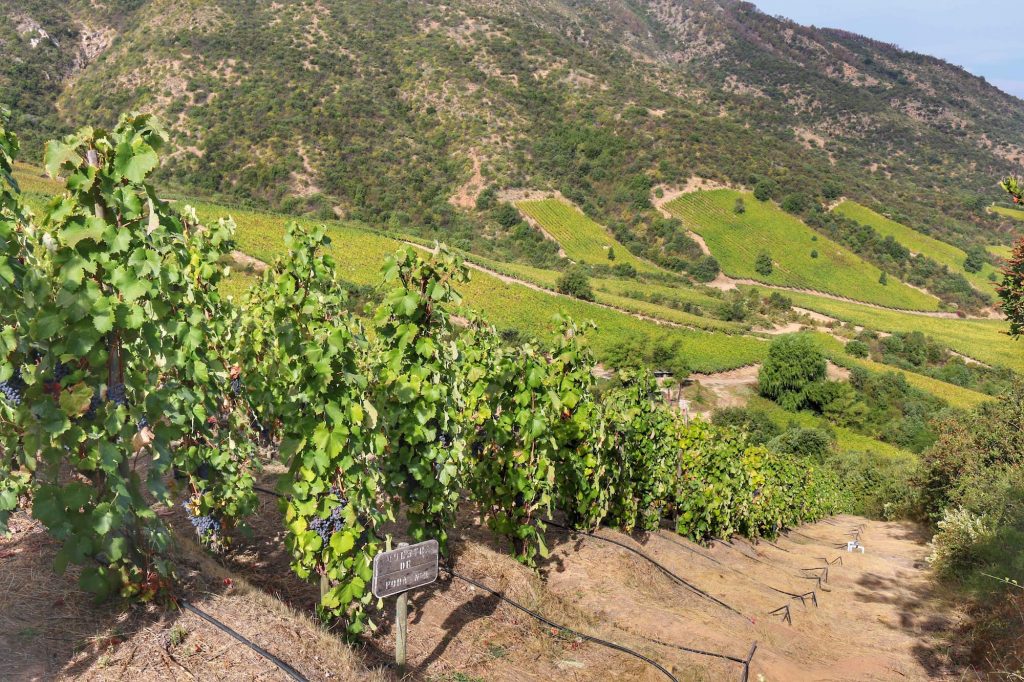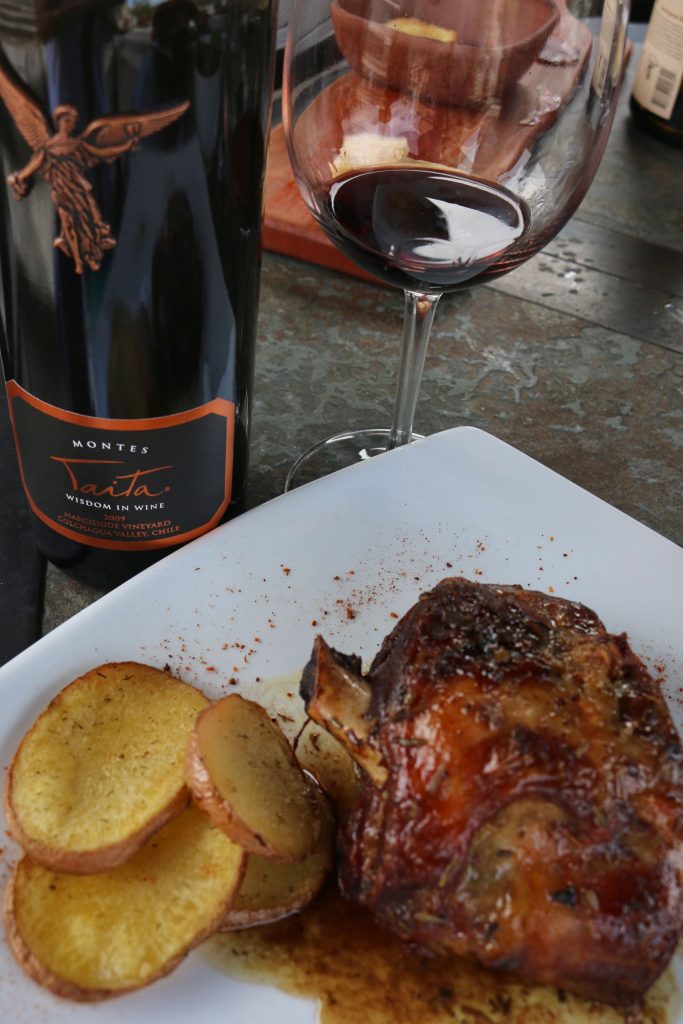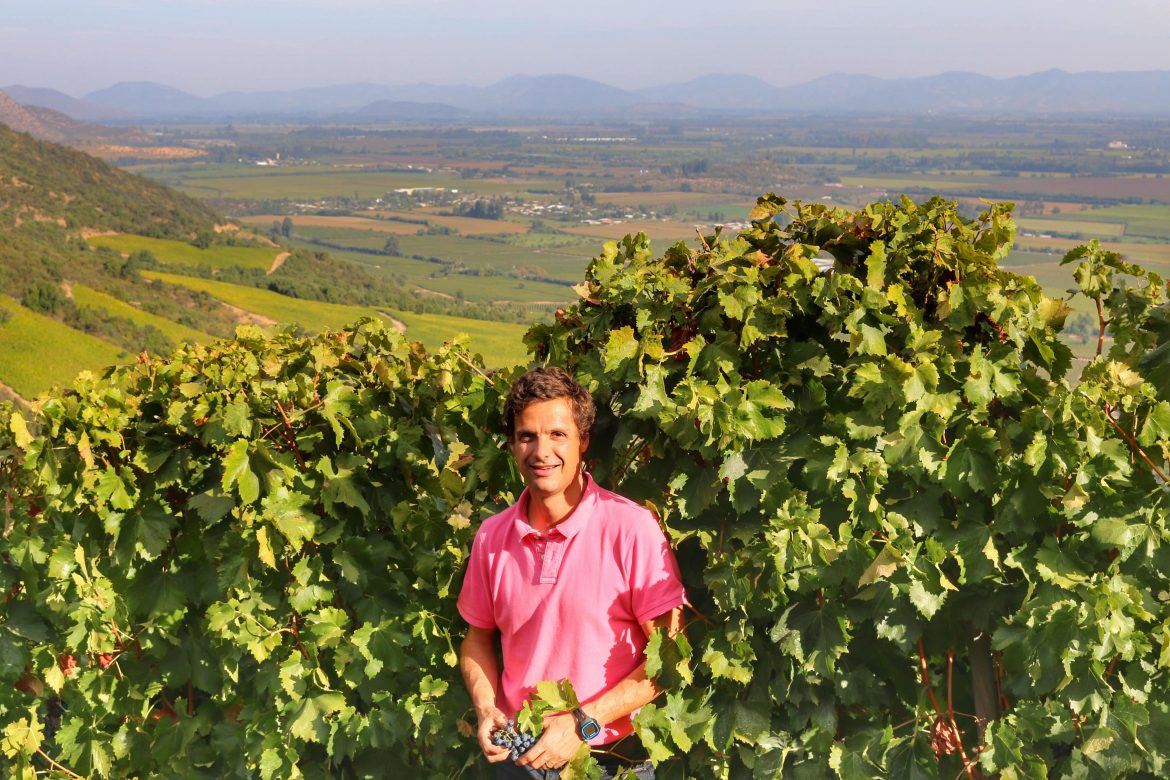How would you describe the Apalta terroir?
Apalta is a very unique terroir. First of all, because it was the first place where we planted in a very steep slope. Fighting with the rocks! Fighting with the granitic soil. In the past we weren’t used to planting on this kind of soil. But we have found an amazing place where the roots can go very deep, using a very small amount of water.
We can say this is a ‘finesse’ area – where you can get very elegant wines.
Tell us more about the soils of Apalta…
Here we have a big influence of granitic soil, or rocks in decomposition. So very easy for the roots to break through. At the steepest place of the slope, the soil is very poor which is good for varieties like Syrah, Grenache, Mourvèdre, where they can grow slowly, producing small amounts of grapes and more concentration.
In the lowest parts of the vineyard we get more clay, the influence from the Tingre river, it is a much richer soil perfect for Cabernet Sauvignon and Carmenére.
What are the main varieties that you think really thrive here in Apalta? And how is it changing – what are you planting now in Apalta?
We have tried many things that didn’t work, and then other varieties that really work very well. It’s a beautiful place for Cabernet Franc. It’s a beautiful place for Malbec, a beautiful place for Petit Verdot, for Cabernet Sauvignon… but also other varieties like Syrah, Grenache, Mourvèdre that work really nicely.
The main thing about Apalta is that it is so diverse, in terms of exposition, types of soil (deeper soils and shallower soils). So you can choose whatever you want (of course for mainly red varieties). Some of the varieties like Merlot are a little complicated, there’s one small spot where we have a little bit. But Carmenère, Syrah and Cabernet are very nice!

Are there any varieties that have really struggled, and not taken off?
Yeah… we have tried Tempranillo and Sangiovese which were not really good! [Apalta] isn’t for every variety, and that’s the wonderful thing. You know? There doesn’t exist a place where you can plant whatever you want and everything is going to work. Here, of course, white wines are not even close, it’s too warm [for white] varieties. But red varieties with a very elegant nose, like Syrah, like Cabernet, even Carmenère, are beautiful.
Montes, as a producer, makes a lot of white varieties as well as red all across the country. What do you think is exciting in terms of the growing diversity and plantations within Chile?
For many years we have been working on trying to look for different terroirs. And the amazing thing is that we have been travelling to the very north of Chile, and the very south of Chile. But we have realised that everything is very close, you know?
We have a huge diversity in terms of between the Andes and the Pacific Ocean. We have very diverse types of soil, very diverse types of weather and in the coastal areas of Chile we have so many places for new varieties like Riesling, even Viognier in some places. Of course there’s Sauvignon Blanc, Chardonnay, Pinot Noir… But we are still learning about Chile.
Even though [Chile has] been producing wine for 500 years, in terms of quality and specific wines the evolution has been in the last 30 years. So there’s still a lot to learn!
One of the greatest limitations in Chile, and in many parts of the world, is obviously water. How have you seen that affect your vineyards here in Colchagua?

Colchagua, as with many other valleys in Chile, is really affected by the use of water. Not only because there is less rain, or because there is less water, but also because there are more people. There are also more plantations, of not only vineyards, but fruits and other things. So every year we have more limitations on the use of water.
That’s why as a company, Montes, we have been taking care about the use of water with a lot of technology – using satellite pictures for example. In less than 10 years, we decreased half the amount of water that we used before through using this technology. The vines are a very strong plant that can withstand a very extreme weather and very extreme use of water. So we are pushing the vine to grow deeper roots, use less water, and use more water naturally from the soil, not irrigation.
You’ve been doing some dry farming in Colchagua too, can you tell us more?
You know, for many people, when you say dry farm or no use of water in the vineyard it sounds obvious, because some places in Europe don’t use water. But you have to consider that here in Chile we don’t get any rain during the Summer. So for many years we have been studying the use of less water in the vineyards.
The way that we can do it is to train the vines to use less water. It’s like an athlete training for a marathon. He doesn’t say ‘Today, I’m going to run a marathon!’ No, if you want to run a marathon – you have to train. And its the same [approach] for the vineyards. Year by year we use less and less water until we get to zero irrigation. Of course not for every vineyard, or every type of soil. We have to choose the soil and vineyard where we can reach zero irrigation. The vine can go deeper with their roots to get water from deeper in the soil, natural water, and that is a very long process but it is a training process.
With your vineyards that you’ve managed to train for dry harvesting, the yields are much lower. You were saying that actually previously you would make one bottle of wine from one vine and now it’s just half a bottle from one vine. What are the implications for Chile, in terms of the wine industry, if water becomes a really scarce resource? Do you think Chile will have to focus on higher quality wine (because of the lower yields)?
That’s a very good question, because at the end if I talk about Montes as a winery we are really focused on premium wines. We don’t want to add more cost to the bottle, or more value for the wine – we want to get better wines for the same price.
So with the use of water, if you talk about wines of volume [in the industry], you can’t do it. You decrease the yield, and that means higher costs in the vineyard, and more competition. So if you talk about Chile’s wine industry in the future, the good thing – from my point of view – is that everyone will have to push their wines to be even better. The concentration is better, better fruit, better quality. So if the winery wants to go towards the premium side, it’s the best way to do it. If they want to make volume, it’s more complicated…
Do you think this might be the end for cheap Chilean wine?
Hopefully yes!
I really love what we produce in Chile. Chile has a huge potential, we are showing to the world that we have some of the best wines of the world, and that we can compete with anyone. It will be a great opportunity for everyone, for every winery, to go down the same road we are working on and to be able to show the world that Chile is one of the best places in the world [for wine].
For anyone who is about to plan their visit here, to discover one of the best places in the world, where do you recommend they go and what should they taste or eat?

In Chile we have many types of food, from a lot of different influences. When I recommend someone to come to Chile, I recommend they come with an open mind – and not to eat the same food that they eat at home. Find new things.
Try our seafood with our Sauvignon Blanc, Chardonnay… fresh wines are beautiful.
At the same time in Chile we eat a lot of pork and wild boar, and that combined with Carmenère is perfect.
So I recommend people to come here, to try our own varieties with our own food. It’s a really nice experience.
Watch the Aurelio Montes interview on video
